




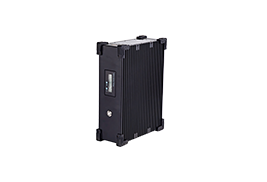
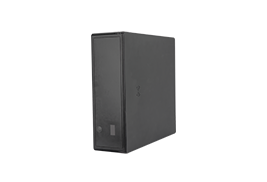
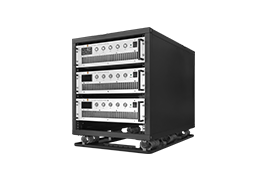
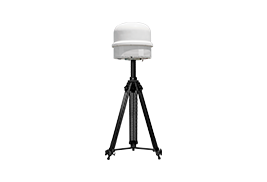
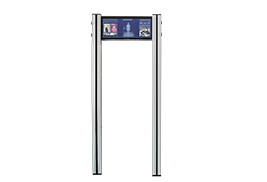
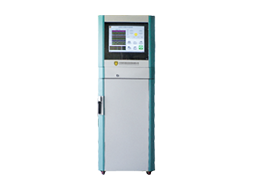


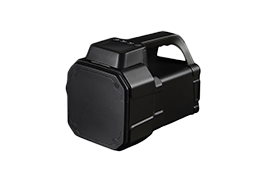
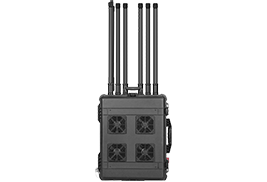
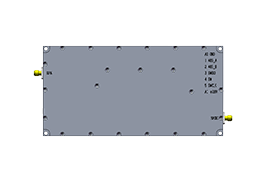
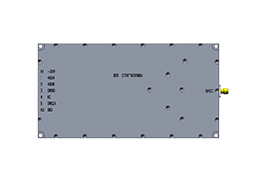
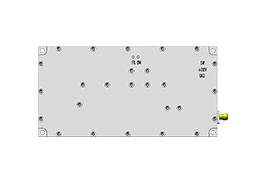
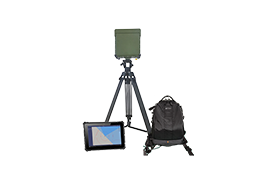
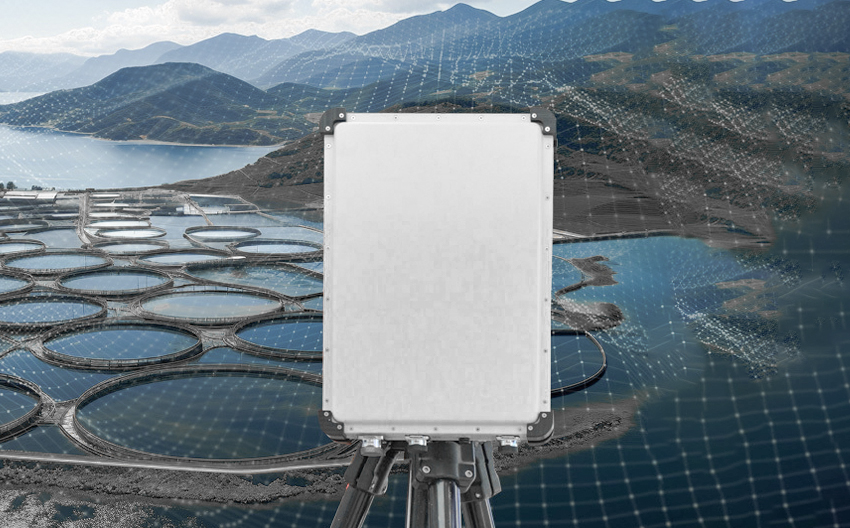
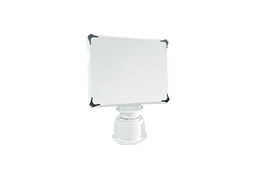
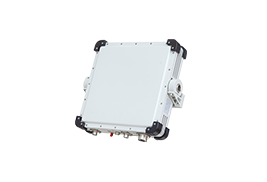



 X
X







 GLOBAL / ENGLISH
GLOBAL / ENGLISH

IntroductionUnmanned Aerial Systems (UAS), commonly known as drones, have become integral to modern warfare, surveillance, and commercial activities. However, their rising misuse in unauthorized surveillance, smuggling, and disruptive activities has necessitated advancements in Counter-Unmanned Aerial Systems (C-UAS). This article explores the latest developments in C-UAS technologies that are shaping the future of drone defense systems.
Technological Advancements in C-UASThe evolution of drone technology has spurred similar innovations in countermeasures. The most significant advancements in C-UAS include detection systems, neutralization methods, and integrated defense solutions.
Enhanced Detection CapabilitiesModern C-UAS systems employ a combination of radar, RF scanners, and optical tracking to detect incoming drones. Advances in AI have enabled these systems to distinguish drones from birds and other objects, enhancing response accuracy. For instance, the integration of machine learning algorithms allows for real-time threat assessment and prioritization, which is crucial in high-security zones.
Neutralization TechniquesOnce detected, disabling a rogue drone without causing collateral damage is paramount. Here are a few techniques that have seen substantial innovation:
Jamming: Radio frequency jammers disrupt the communication between the drone and its controller. Recent developments have focused on directional jamming, which minimizes interference with other electronic devices.
Laser Systems: High-energy lasers can disable drones by burning through their components. Advances in laser technology have improved their accuracy and reduced size, making them more practical for field deployment.
Net Capture: Some systems deploy nets carried by other drones to physically capture unauthorized drones. Enhancements in drone piloting algorithms have increased the success rates of such interception techniques.
Integrated Defense SystemsThe complexity of modern aerial threats requires a holistic approach. Integrated C-UAS platforms combine radar, optical, and acoustic sensors with AI-based analysis to provide a comprehensive defense solution. These systems can automatically deploy the most effective countermeasure based on the type and behavior of the incoming drone.
Regulatory and Ethical ConsiderationsAs C-UAS technologies advance, they must navigate complex legal and ethical landscapes. Regulations regarding airspace, weapon use, and privacy are continually evolving. Effective C-UAS operations require adherence to local and international laws, highlighting the importance of regulatory compliance in deployment strategies.
Future OutlookThe future of C-UAS is likely to see greater automation, miniaturization, and integration with existing security systems. As drones become smarter and more autonomous, countermeasures will similarly adapt, utilizing more advanced AI and machine learning to counteract emerging threats effectively.
ConclusionThe rapid development of drone technologies necessitates equally advanced countermeasures. With the ongoing innovations in detection, neutralization, and integrated systems, C-UAS technologies are becoming more sophisticated and essential for national security, commercial security, and privacy protection. As this field evolves, it will continue to play a crucial role in shaping the security landscape in both civilian and military domains.












